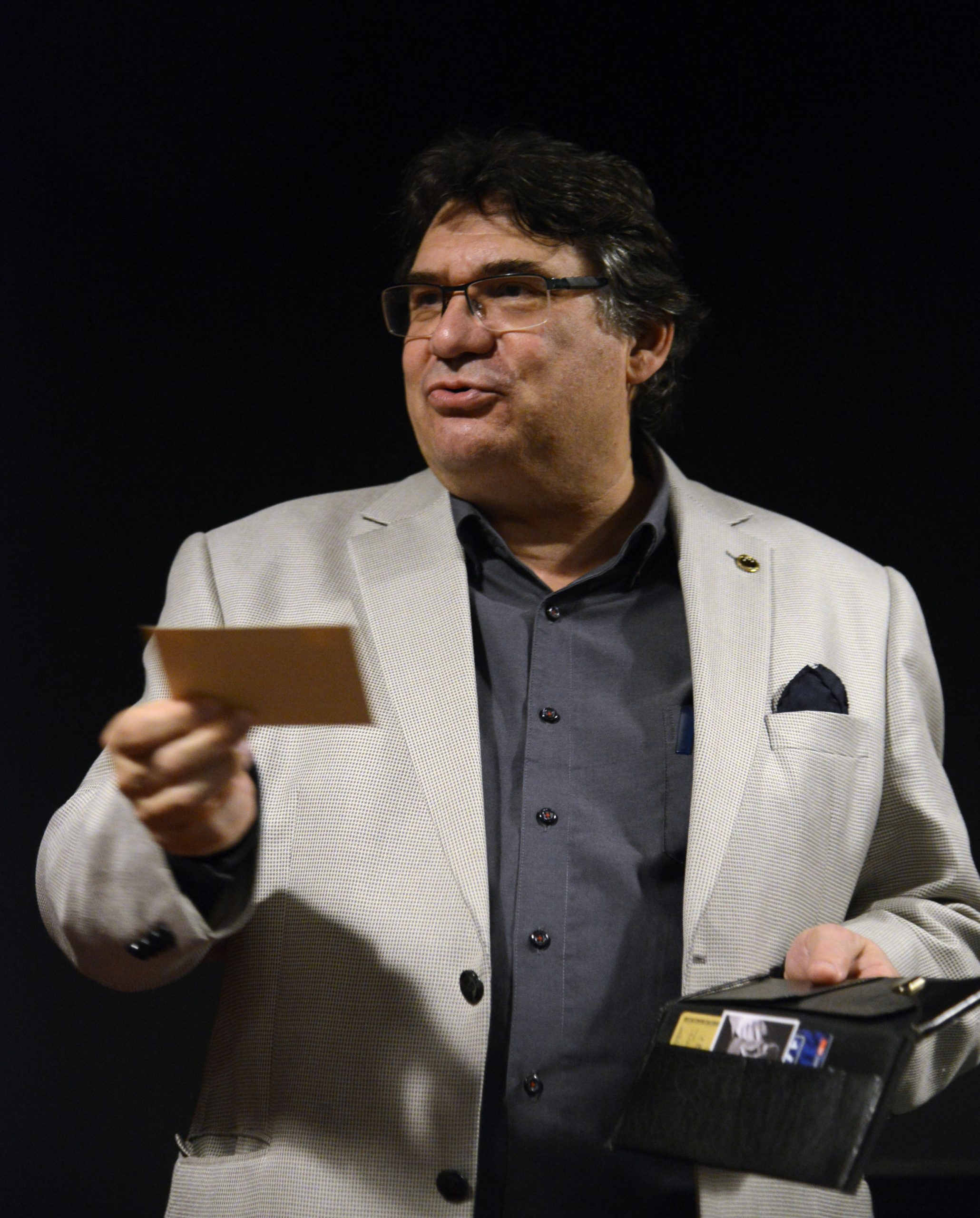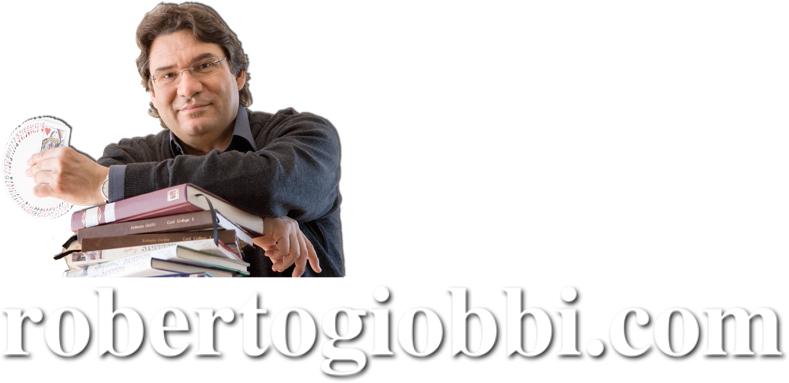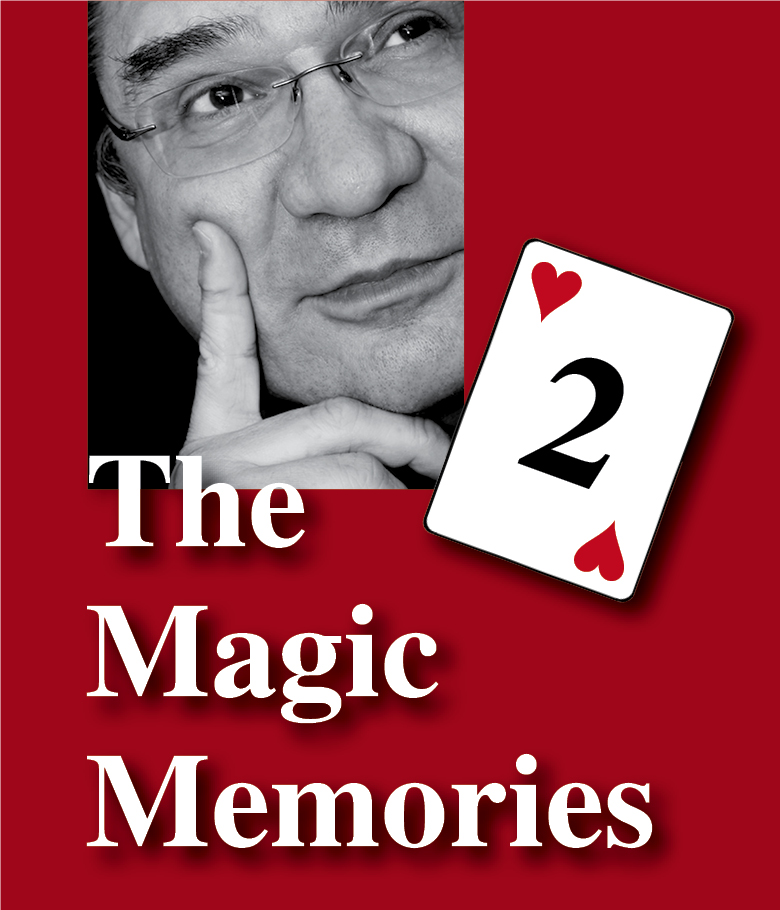
Hi everyone!
Here are The Magic Memories #50, gone online SUN, 12th December, at 0:07h – only two more to go…

The Prophecy, Wallets & More
“The Prophecy”, produced and distributed by my publisher Penguin Magic with my consent and to my specifications, came in on Thursday 9th and was shipped on Friday 10th to all who ordered from me, so should be with most in the course of next week. Although this post will take “The Prophecy” as the main subject, I promise that there are plenty of thoughts and ideas that you can use, or that will make you think, even thought you don’t have this particular “trick”. This has been my closing effect or encore for over 20 years.
First the effect to remind all what this is about: A spectator thinks of and names any card, which is found to have been predicted by the performer in a small envelope, which is inside a wallet, which a spectator was holding in his own pocket all the time: the spectator himself opens the wallet, and takes out the envelope. At the end the envelope and the card are given away as a souvenir.
Now, this is the effect we hope will stick in the audience’s “communicative memory”. Actually, it is more than a mere hope, as I have designed this trick’s technical, dramatic and psychological construction to this effect, and I have refined it over the time-span of about two decades of professional use. So, in difference to most “tricks” you find on the magic market, this has not been created to sell just another trick. We really don’t need a lot of new tricks, but we need better magic. “The Prophecy” and the tutorial that goes with it – an almost one-hour long mini-lecture – are intended as a contribution to this idea.
Ref. “communicative memory”: I’ve never seen this term applied to magic, and I used it for the first time in my book Sharing Secrets, in the chapter “Memory Editing” (p. 74). I’ve taken the expression from a scientific paper on the subject, and it comes from the idea that an event is not what happened, but what we tell others that happened. As magicians we know that this is not the same thing: A spectator can say, “He made a coin vanish”, and this is his subjective reality that caused him to experience the emotion of astonishment, but the objective reality is that the coin went to the sleeve, or topit, or was kicked under a napkin resting innocently on the table. Every piece of magic we do should be constructed with the fact in mind that our spectators will tell what they remember, and that this is the only reality that counts. Therefore, studying how the memory operates is as important as studying how to manage and handle a sleight. In the last post I mentioned that in Torino I had given a full-day Masterclass on the subject, and I hope to be able to repeat this many more times, as there is only little material around on this subject. In my books and video lectures I keep coming back on the subject with practical examples, but nobody has made such a detailed study of it as Juan Tamariz in his book The Magic Rainbow, where he devotes a complete chapter to the theme (pp. 113).
Back to “The Prophecy”, which among a mix of deceptive strategies also uses the “off by one” idea popularized by Kenton Knepper in his “Kolossal Killer”. Although Knepper might have been the first to apply the idea to playing cards, the concept of making a “corrective prediction” is older than that and has been preceded by Spain’s Mago Antón (in the tutorial I give a more detailed account of this). The concept has been discussed a lot, and I’ve heard and read competent people criticizing it, but wonder how many of them have really performed this before real people. Because it is one of those counter-intuitive things, where the theory might say that it is not so good, but the practice proves that it works, and it works very well (or to say it in the words of Benjamin Brewster, whom I quote in the introduction to Sharing Secrets, “In theory there is no difference between theory and practice. In practice, however, there is”). I can tell you from 20 years plus of experience in hundreds of performances on four continents and before the most diverse types of audiences, that the “off by one” prediction is actually better than hitting the card directly, whereas when performing for “magicians” the direct hit is better and the “off by one” weaker. I leave this to you to ponder.
“The Prophecy” also employs a Himber Wallet as one of several technical principles. I have not yet received any feedback on it, but would like to offer a few thoughts on the subject of wallets in general. Whenever a wallet is discussed I hear or read comments like, “it looks like a magic prop”, “it doesn’t look like my ordinary wallet” etc.
I should tell you that I have quite a bit of a love affair with wallets, and I know I’m not the only one 🙂 Therefore, years ago, I made an in-depth study of the subject by acquiring dozens of those “magic wallets” (Himber, Kaps, Bombshell etc.). I found they all looked “phony”, in a certain sense… So I started to make my own wallets. The initial idea was to find a “universal” design, i.e., a format and design using exactly the same type of leather that looked practically the same from outside, and as close as possible inside, too. The idea was to have a Himber Wallet and a Card-to- Wallet and other wallets that looked similar to each other so I could put one away and take another one out and they would appear to be the same wallet. Good in theory, not so good in practice, although some lateral findings came out of this study, but we’ll have to leave this to some other time.
At the time George Proust from the “Academie de la magie” in Paris, the one who has the “Musé de la curiosité et de la magie” and who published the Fechner books about Robert-Houdin, well, he had come up and sold a “Universal Wallet” that had virtually all functions in it. Again, great in theory, but in practice it looked more like a safe than a wallet. But what a great idea, like the idea of a “Universal Theory of Everything” that not even Einstein found.
Anyway, back to those who say that a wallet looks “strange”: I had my epiphany many years ago in Madrid, after one of those legendary card conventions in San Lorenzo de El Escorial, when I went to the “Corte Ingles”, arguably Spain’s largest general store. As so often in my travels around the world I went to the “Leather Wares” section, but this one was gigantic!
There were virtually hundreds of different bags and wallets, in all sizes, colors, materials and forms. These were wallets sold to the public, not to magicians, to normal people (I’m not talking about you and me, of course)… But never before had I seen so many so “strange”-looking wallets. Then and there it dawned on me that there are no “strange” or “unnatural looking” wallets! Because this is what those who have been too long in magic think, or those who have not been performing long enough. If you don’t believe me, next time you are with a large group of people, ask everyone to show his or her wallet, and you might be surprised to see that there will be no two wallets alike.
So, which one is an “unnatural” wallet? You’ll have the same experience as the card experts in New York City who went out to the street to ask innocent passers-by to turn the top card of the deck face up, because they wanted to find out what the most “natural” way of turning over a card is. Guess what: everyone seemed to turn the card over in a different way, so they agreed that there is no “natural” way of doing a Double Lift, but there is a right way and wrong way of handling it, and that’s another conversation…
Rather than looking at the wallet, look at the effect we do with it. And then you will realize that in most cases, yes, I’ll dare saying it, “The wallet is not important!” There are only few exceptions, e.g., if you take a piece of paper, put it inside the wallet, close it, and then reopen it to show that the piece of paper has changed into a one hundred Dollar bill, well, then the wallet will be suspected. You have to make a clever routine out of this effect, and repeat it several times, in order to ally suspicion from the wallet.
However, if you take an envelope from the (gimmicked) wallet, place the wallet aside, then open the envelope to show the signed card in it (see below), or a prediction, like in “The Prophecy”, then the wallet is not important. The wallet simply becomes a “safe-keeping-device”, and the only thing that matters is that there is nothing that calls explicit attention to it. Consequently, as long as the wallet is unassuming and is handled without fumbling and free of fear by the performer (important!), nobody except an inexperienced member of a magic club (just joking!), will say that the wallet looks “strange”.
On “Card to Wallet”
Talking about wallets, about which I have a complete lecture, but won’t give it here 🙂 I’ve used several routines during my professional life. The choice of routine obviously depends from the context, i.e., where I perform, under what conditions and for what kind of audience. This subject alone warrants a lengthy easy, of course. In formal situations my favorite “Card to Wallet” is the routine you can see me perform at Mark Leveridge’s 7th British Close-up Magic Symposium. It was the very first video done of my magic, titled “Taped Live!”, and I ventured into it with zero experience in this genre.
For this, I must say, it came out quite well 🙂 The piece is described and discussed in my Card College Volume 5 under the title “Waller Bound” (p. 1375), and the complete lecture, which lasts 115 minutes, is still available as a download and only from me from my webshop. As a gift from Xmas I’ve discounted it from 30 to 19.95, and if you don’t have it already (I know many do) then you can GET IT HERE.
BUT, since the purpose of The Magic Memories is not to sell you something, rather to share the many things in magic I find interesting, here is the performance-only of “Card to Wallet – Wallet Bound”.
Even if you have the DVD/Download, I’m willing to bet that it has been a long time you’ve watched it. Note the Prologue and the Epilogue, how the card is selected and controlled, the misdirection for the palm, and above all the management of the wallet and the envelopes. I remember how this routine came about: On a visit to Vienna my friend Kurt Freitag told me about a way Trevor Lewis had to deal cards hiding one beneath the spread, and this was the trigger, curious memory 🙂 To watch CLICK HERE.
Wish you all a successful week!
Roberto Giobbi

